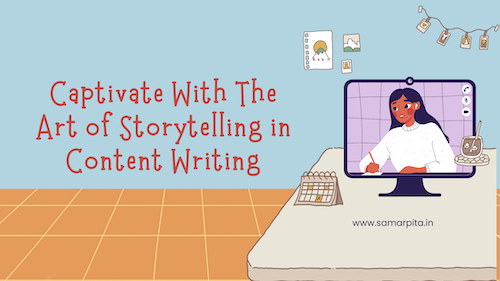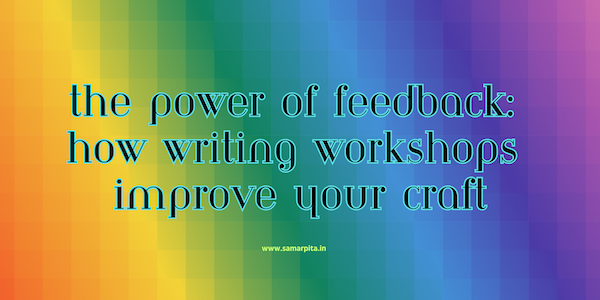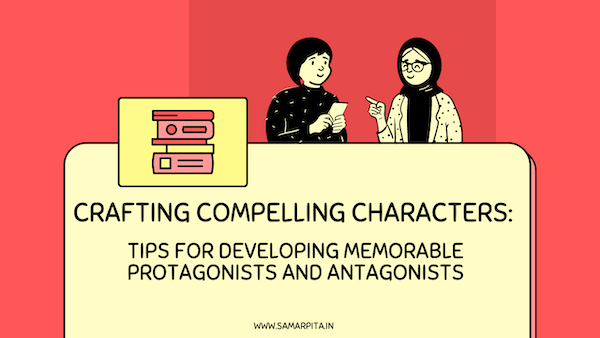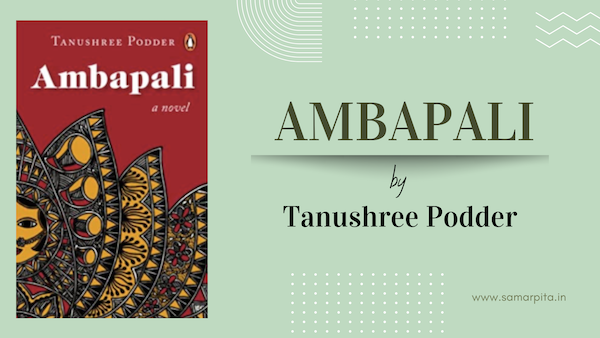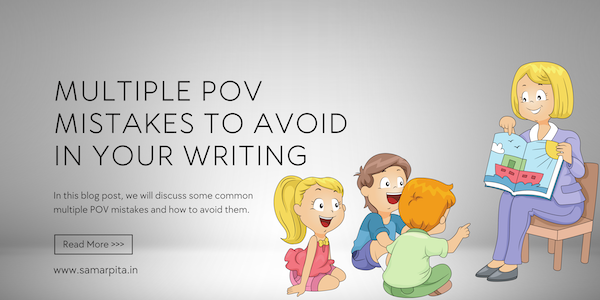In today’s digital landscape, the power of compelling content cannot be overstated. For small businesses striving to make their mark, high-quality content has become a game-changer. When done right, it can fuel growth, attract new customers, and establish a strong online presence. In this post, we will explore five key points that highlight the profound impact of compelling content on small business growth.
Also Read: Captivate With The Art of Storytelling in Content Writing
Increased Brand Visibility
Compelling content acts as a catalyst for brand visibility. By crafting engaging blog posts, informative articles, and shareable social media content, small businesses can position themselves as thought leaders in their respective industries. When businesses consistently produce valuable content that resonates with their target audience, it enhances brand recognition and drives organic traffic to their websites and social media profiles.
Enhanced Customer Engagement
Content that speaks directly to the needs and interests of the target audience fosters meaningful engagement. Compelling blog posts, interactive videos, and engaging social media posts invite customers to interact, share their thoughts, and participate in discussions. By encouraging dialogue, small businesses can build a community around their brand, foster customer loyalty, and gain valuable insights for future content creation.
Also Read: Five Reasons Why Your Business Needs Content Marketing
Improved Search Engine Rankings
Creating high-quality content that incorporates relevant keywords and provides valuable information helps small businesses climb the ranks of search engine result pages. By consistently publishing optimized content, businesses can improve their visibility in search engine results, driving organic traffic to their websites. This increased visibility not only enhances brand awareness but also boosts the likelihood of generating leads and conversions.
Establishing Thought Leadership
Compelling content enables small businesses to establish themselves as industry thought leaders. By sharing expert insights, offering practical advice, and presenting unique perspectives, businesses can position themselves as go-to resources within their niches. This establishes trust with customers and builds credibility, setting them apart from competitors and attracting a loyal customer base.
Also Read: The Hows & Whys Of Blogging For Your Business
Driving Conversions
At the heart of compelling content lies the ability to drive conversions. Whether it’s through persuasive product descriptions, captivating landing pages, or compelling calls-to-action, businesses can leverage content to guide potential customers through the sales funnel. Well-crafted content that addresses pain points, highlights benefits, and showcases social proof can significantly increase conversion rates, resulting in tangible business growth.
In conclusion, compelling content plays a pivotal role in small business growth. From increased brand visibility and enhanced customer engagement to improved search engine rankings and establishing thought leadership, the impact of quality content cannot be ignored. By investing in content creation, small businesses can effectively communicate their value proposition, attract and retain customers, and ultimately propel their growth in the competitive digital landscape.
***
Does the idea of a social media presence scare you? Truth is that your brand/business needs to be online but the process doesn’t have to be overwhelming. You can hire our services for assistance with this. Drop us a line and ask for the different ways we can make social media easy for you.
Drop me a line at editor@samarpita.in to begin a discussion about creating content for your website blog. Follow me on Instagram at @samarpita and on twitter at @samarpitadotin to learn more about the content industry.
If you are looking for an excellent manuscript editor, someone to create content for your business, or an expert to help build your personal or professional brand on social media, then look no further and connect with me at editor@samarpita.in I can be followed on instagram at @samarpita and on twitter at @samarpitadotin.
***********
Read my ebook WRITE. EDIT. PROMOTE. to learn the basics about becoming an author – from writing your own book, to editing your first draft, and to promoting your book yourself! You can also read my ebook How To Write A Story Effectively and learn some valuable lessons about how a story can go from average to extraordinary. This book is part 1 of the series.
In fiction, I have two short stories for children in an ebook called Bedtime Stories.


